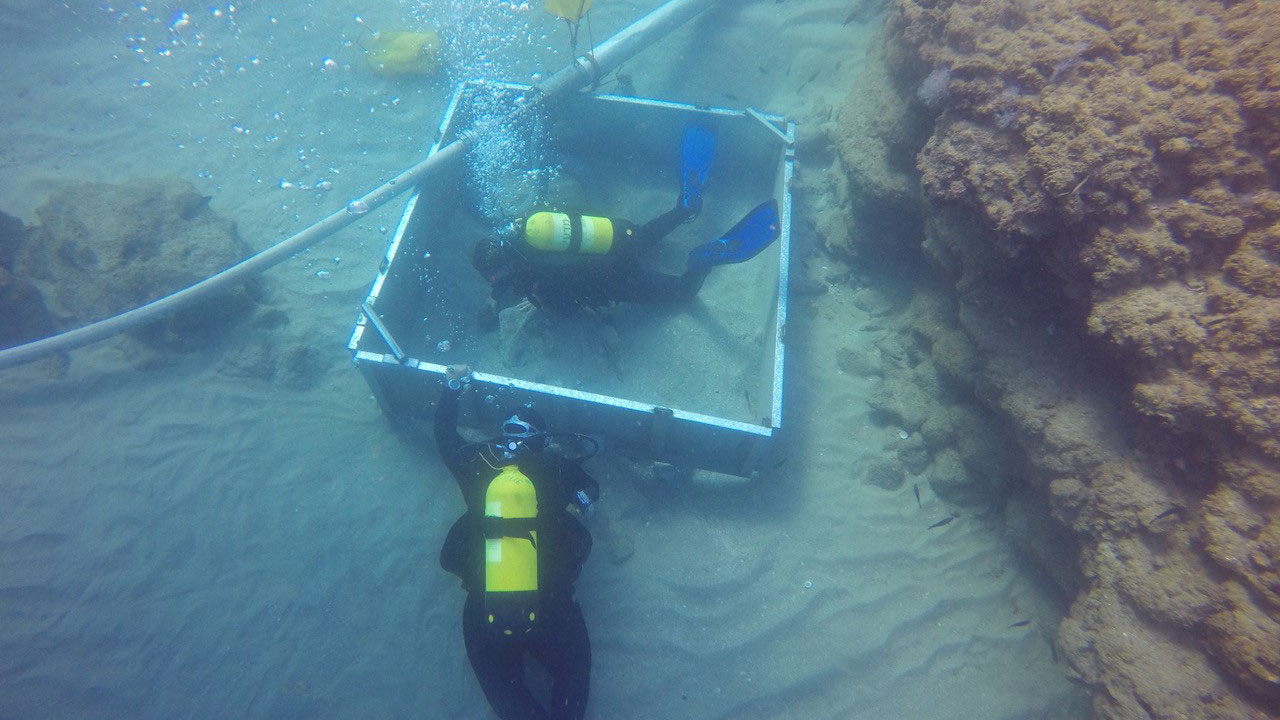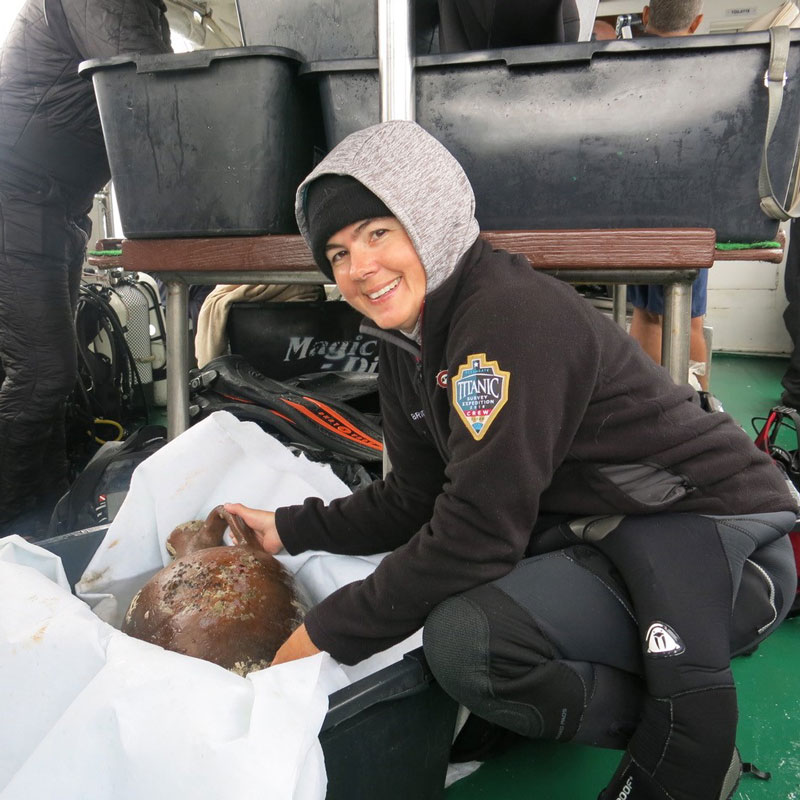Archaeological Institute of America Lecture
New Light on King Herod’s Harbor
Penn Museum
Monday, Nov. 6, 6:15 pm - 7:15 pm ET
Free to Registered Guests
Register
As an underwater archaeologist, Dr. Bridget Buxton is trained to search for knowledge instead of sunken treasure. But her work at Caesarea has yielded plenty of both.
When scuba divers in Israel’s Eastern Mediterranean spotted some old coins, they alerted the Israel Antiquities Authority Maritime Unit Director, which led to the recovery of over 3,000 gold coins inside the ancient Roman port of Caesarea Maritima. It was the biggest hoard of gold coins ever discovered in Israel. Moving into action before anything else was moved, Buxton and her Israeli colleagues worked with marine robotics engineers from the University of Zagreb to make a detailed map of the site. “The excavation of a site destroys it,’’ she said, “so we needed to record all possible clues that existed.’’
After carefully mapping the site with the latest technology, Buxton and her colleagues discovered a second pocket of coins with evidence that the gold came from a wooden shipwreck. “We guess that the ship was coming into Caesarea sometime shortly after 1036 A.D. and struck one of the semi-submerged ruins of the old Roman breakwater,’’ Buxton said, a discovery with implications for understanding the post-Roman and Byzantine history of the old port and immediate area leading up to the First Crusade.




